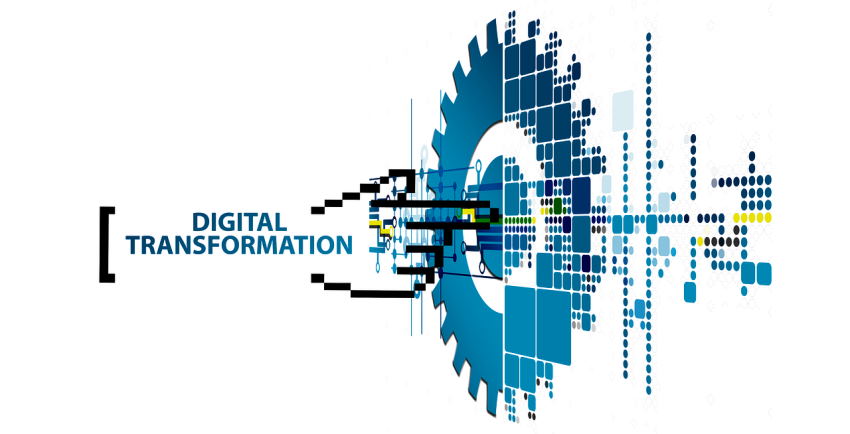Digital transformation is a term that’s often used but seldom defined. Simply put, digital transformation uses technology to create new or improved business processes, products, or services.
For marketers, digital transformation can mean anything from automating repetitive tasks to creating more personalized customer experiences across channels. When customers expect more than ever from brands, digital transformation is no longer optional – it’s essential.
In this blog post, we’ll dive deeper into digital transformation and explore some ways it can benefit marketers. Stay tuned!
How is digital transformation changing marketing?
Digital transformation is changing marketing in a number of ways. One of the most significant changes is the way that customers are interacting with brands. Increasingly, customers are using digital channels to research and purchase products and services. This shift has led to a need for marketers to focus on creating omnichannel customer experiences that meet customers where they are.

Another change that digital transformation is bringing to marketing is the increasing use of data and analytics. With more data available than ever before, marketers are able to gain insights into customer behavior and preferences that can help them make better decisions about their marketing strategies. Additionally, data-driven marketing is helping marketers create more personalized experiences for their customers.
Digital transformation is also changing the way that marketers are reaching their audiences. Social media, for example, has become an important channel for marketing messages. Additionally, new marketing technologies such as programmatic advertising are allowing marketers to target their ads more precisely and reach consumers in new ways.
Overall, digital transformation is causing a major shift in the way that marketing is done. In order to stay competitive, marketers need to be prepared to adapt to these changes and use them to their advantage.
Guide to driving digital transformation in marketing
Digital transformation can be a powerful tool for marketing departments looking to increase efficiency and effectiveness. However, driving digital transformation can be difficult, as it requires organizational change and new ways of working. This guide provides information on how to drive digital transformation in marketing, including key considerations and steps to take.

When embarking on a digital transformation journey, there are several things to keep in mind:
- Define what you want to achieve: As with any business initiative, it is important to set goals and objectives for your digital transformation. What are you hoping to achieve through this process? Do you want to improve customer engagement? Increase sales? Boost brand awareness? Once you have defined your goals, you can develop a plan to help you achieve them.
- Assess your current situation: Take a step back and assess your current marketing activities. What processes and systems are in place? Are they effective? How could they be improved? Doing an honest assessment of your current situation will help you identify areas that need to be addressed as part of your digital transformation.
- Develop a strategy: Once you have defined your goals and assessed your current situation, you can develop a digital transformation strategy. This should include an action plan outlining the steps you need to take to achieve your goals. Your strategy should also consider how you will integrate new technologies and approaches into your existing marketing activities.
- Implement changes: Once you have developed a plan, it is time to start making changes. This may involve implementing new technologies or processes, or it could simply mean changing the way you work. Whatever changes you make, it is important to communicate them to your team and ensure everyone is on board.
- Monitor and review: Finally, once you have made changes, it is important to monitor and review your progress. Are you seeing the results you want? If not, why not? What needs to be changed or improved? Regular monitoring will help you track your progress and ensure your digital transformation is on track.
Following these steps will help you drive digital transformation in marketing, boosting efficiency and effectiveness. However, it is important to remember that digital transformation is an ongoing journey, not a one-time event. As such, it is important to review your progress regularly and make adjustments as needed. By doing so, you can ensure your marketing department is always at the forefront of digital innovation.




